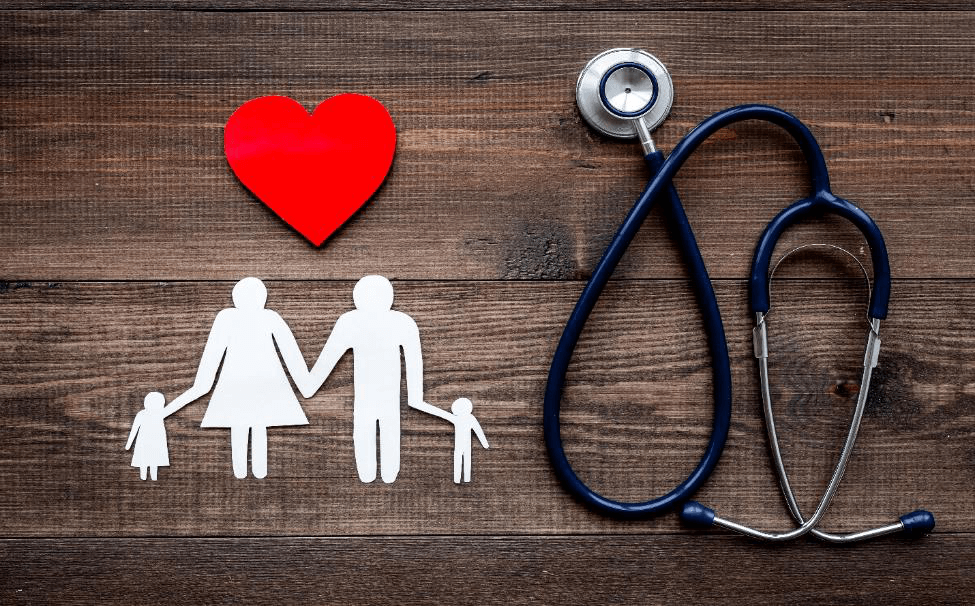Rebuilding the Tower of Babel – A CEO’s Perspective on Health Information Exchanges

The United States is facing the largest shortage of healthcare practitioners in our country’s history, compounded by an ever-increasing geriatric population. In 2005, one geriatrician existed for every 5,000 US residents over 65, and only nine of the 145 medical schools trained geriatricians. By 2020 the industry is estimated to be short 200,000 physicians and over a million nurses. Never, in the history of US healthcare, has so much been demanded with so few personnel. Because of this shortage combined with the geriatric population increase, the medical community has to find a way to provide timely, accurate information uniformly to those who need it. Imagine if flight controllers spoke the native language of their country instead of the current international flight language, English.
This example captures the urgency and critical nature of our need for standardized communication in healthcare. Healthy information exchange can help improve safety, reduce the length of hospital stays, cut down on medication errors, reduce redundancies in lab testing or procedures and make the health system faster, leaner, and more productive. The aging US population, along with those impacted by chronic diseases like diabetes, cardiovascular disease, and asthma, will need to see more specialists who will have to find a way to communicate with primary care providers effectively and efficiently.
This efficiency can only be attained by standardizing how the communication takes place. Healthbridge, a Cincinnati-based HIE and one of the largest community-based networks, reduced their potential disease outbreaks from 5 to 8 days down to 48 hours with a regional health information exchange. Regarding standardization, one author noted, “Interoperability without standards is like language without grammar. In both cases, communication can be achieved, but the process is cumbersome and often ineffective.”
United States retailers transitioned over twenty years ago to automate inventory, sales, and accounting controls, improving efficiency and effectiveness. While uncomfortable to think of patients as inventory, perhaps this has been part of the lack of transition in the primary care setting to automation of patient records and data. Imagine a Mom & Pop hardware store on any square in mid-America packed with inventory on shelves, ordering duplicate widgets based on lack of information regarding current inventory. Visualize any Home Depot or Lowes, and you get a glimpse of how automation has changed the retail sector in terms of scalability and efficiency. Perhaps the “art of medicine” is a barrier to more productive, efficient, and smarter medicine. Standards in information exchange have existed since 1989, but recent interfaces have evolved more rapidly thanks to the standardization of regional and state health information exchanges.

History of Health Information Exchanges
Major urban centers in Canada and Australia were the first to implement hies successfully. The success of these early networks was linked to an integration with primary care EHR systems already in place. Health Level 7 (HL7) represents the first health language standardization system in the United States, beginning with a meeting at the University of Pennsylvania in 1987. HL7 has successfully replaced antiquated interactions like faxing, mail, and direct provider communication, which often represent duplication and inefficiency. Process interoperability increases human understanding across networks health systems to integrate and communicate.
Standardization will ultimately impact how effective communication functions in the same way grammar standards foster better communication. The United States National Health Information Network (NHIN) sets the standards that foster this communication delivery between health networks. HL7 is now on its third version, which was published in 2004. The goals of HL7 are to increase interoperability, develop coherent standards, educate the industry on standardization and collaborate with other sanctioning bodies like ANSI and ISO who are also concerned with process improvement.
In the United States, one of the earliest HIE’s started in Portland, Maine. HealthInfoNet is a public-private partnership and is believed to be the largest statewide HIE. The network’s goals are to improve patient safety, enhance the quality of clinical care, increase efficiency, reduce service duplication, identify public threats more quickly and expand patient record access. The four founding groups, the Maine Health Access Foundation, Maine CDC, The Maine Quality Forum, and Maine Health Information Center (Onpoint Health Data), began their efforts in 2004.
CHECK OUT OUR RELATED ARTICLES :
- Describe the Uses of Computer at Home and Education
- Sad Music Moves Those Who Are Empathetic
- Rural Internet-Service Provider Softcom Announces Significant Technology Upgrade
- Asus Zenfone 3 ZE520KL, ZE552KL receive Android 7.0 Nougat update
- 2 effective new capabilities on their manner to Android proper now
In Tennessee, Regional Health Information Organizations (RHIO’s) were initiated in Memphis and the Tri-Cities region. Cars park, a 501(3)c, in the Tri-Cities region, was considered a direct project where clinicians interact directly with each other using Carespark’s HL7 compliant system as an intermediary to translate the data bi-directionally. Veterans Affairs (VA) clinics also played a crucial role in the early stages of building this network. In the delta, the Midsouth eHealth Alliance is an RHIO connecting Memphis hospitals like Baptist Memorial (5 sites), Methodist Systems, Lebonheur Healthcare, Memphis Children’s Clinic, St. Francis Health System, St Jude, The Regional Medical Center, and UT Medical. These regional networks allow practitioners to share medical records, lab values, medicines, and other reports more efficiently.








